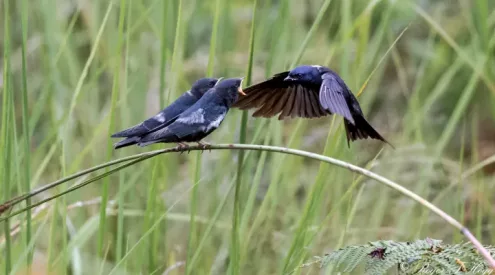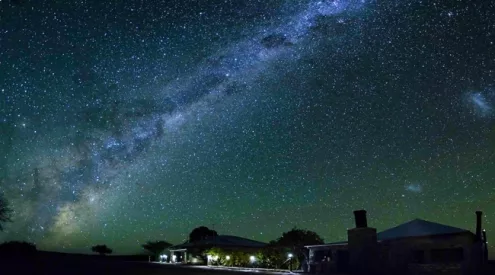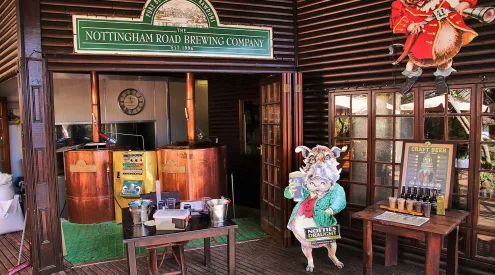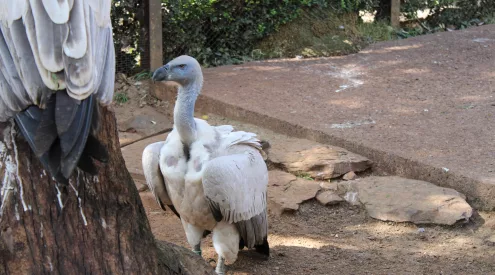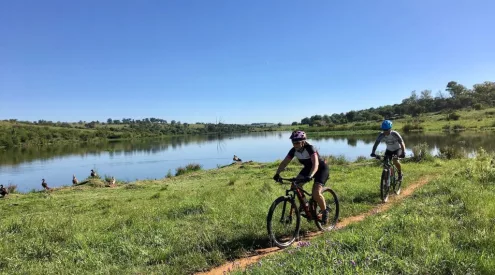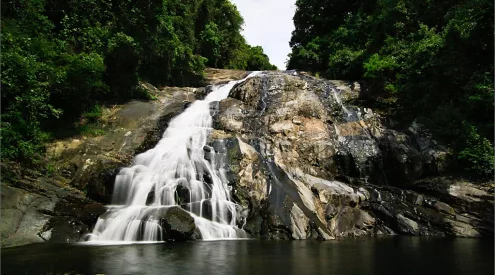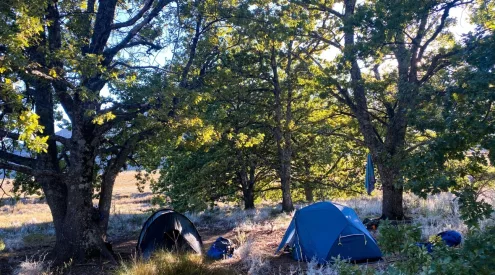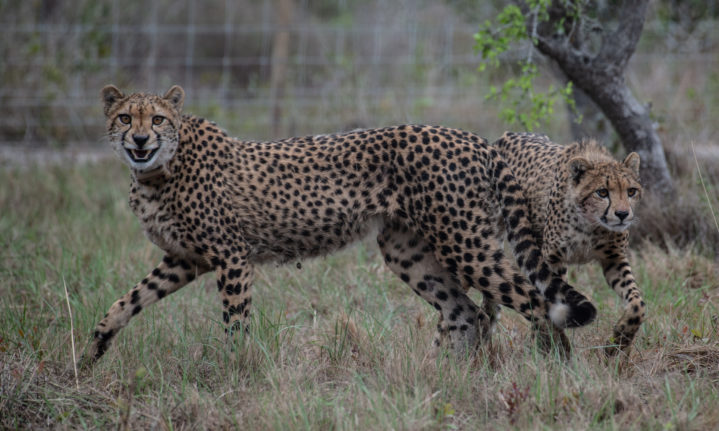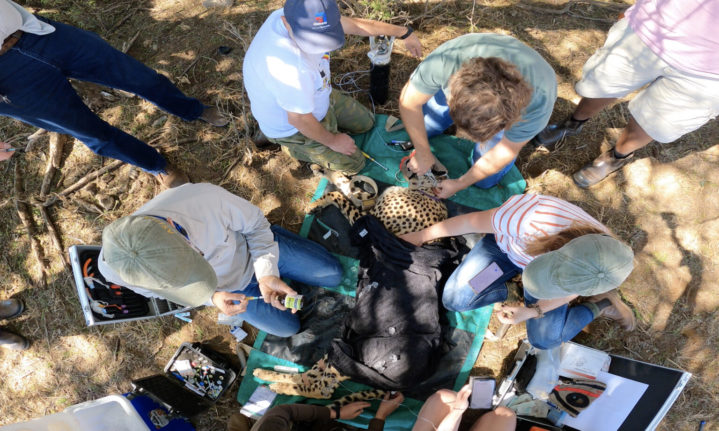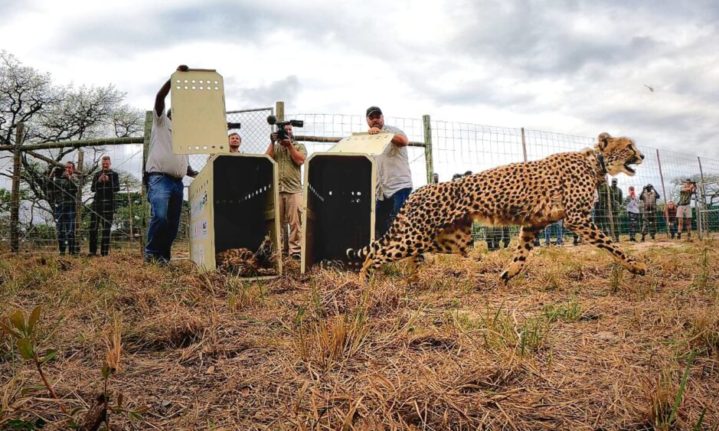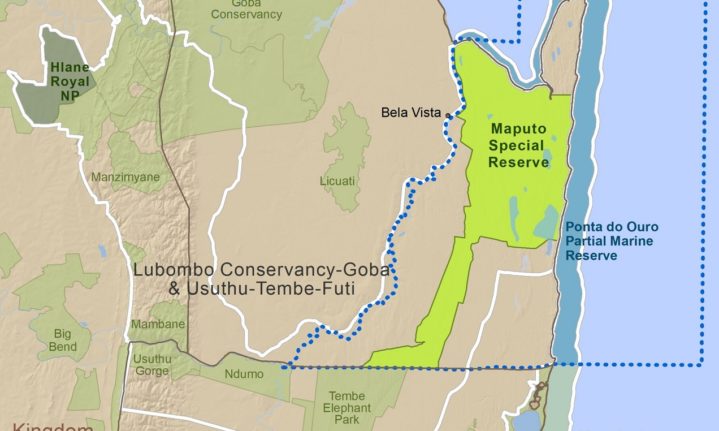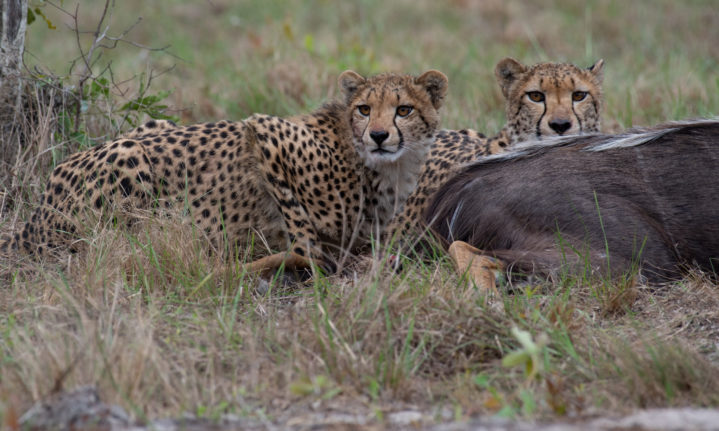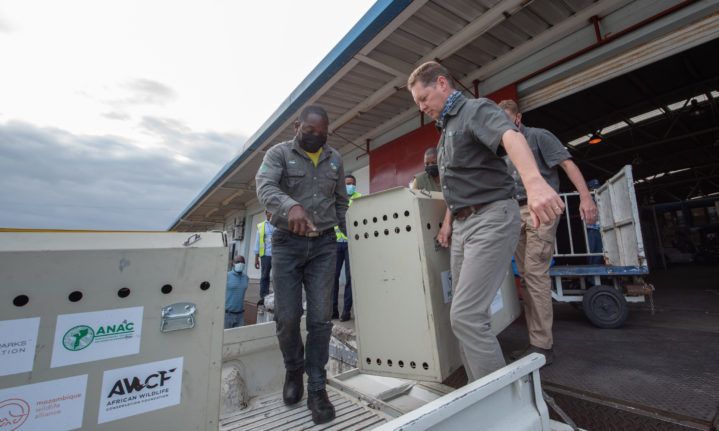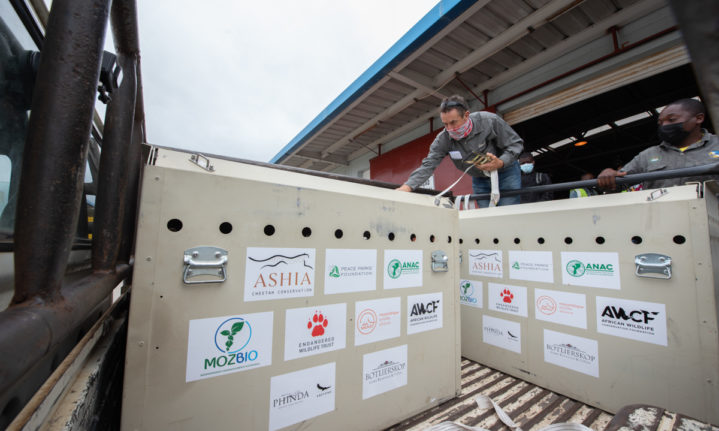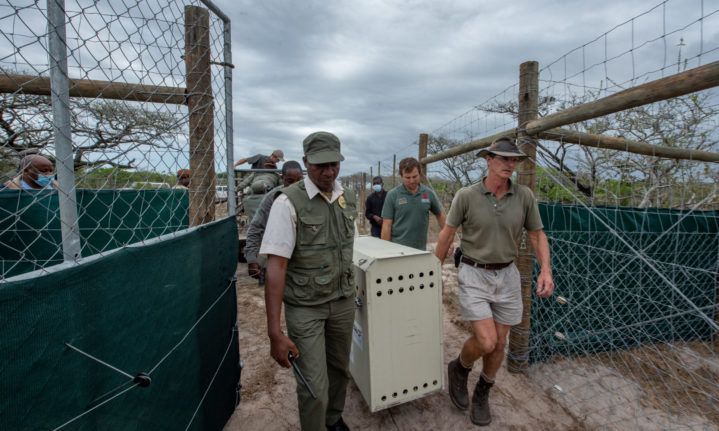Cheetahs are set to return to the plains of Maputo Special Reserve in Southern Mozambique for the first time in 60 years. Four of the endangered big cats, sourced from game reserves in South Africa, have been transported to holding bomas within the reserve.
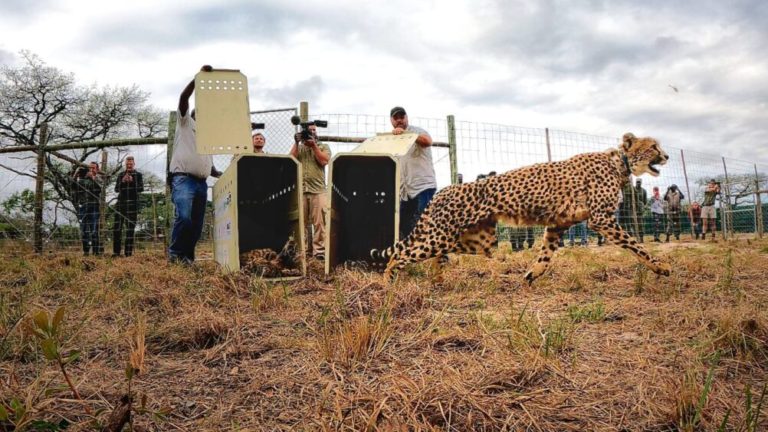
The four cheetahs will undergo an acclimatisation period, before being released in the 104 200 hectare reserve.
The reserve is managed through a partnership agreement between Mozambique’s National Administration for Conservation Areas (ANAC) and Peace Parks Foundation since 2018. With support from the Ashia Cheetah Conservation, the Endangered Wildlife Trust (EWT) and the Mozambique Wildlife Alliance, who all collaborated to achieve this milestone translocation.
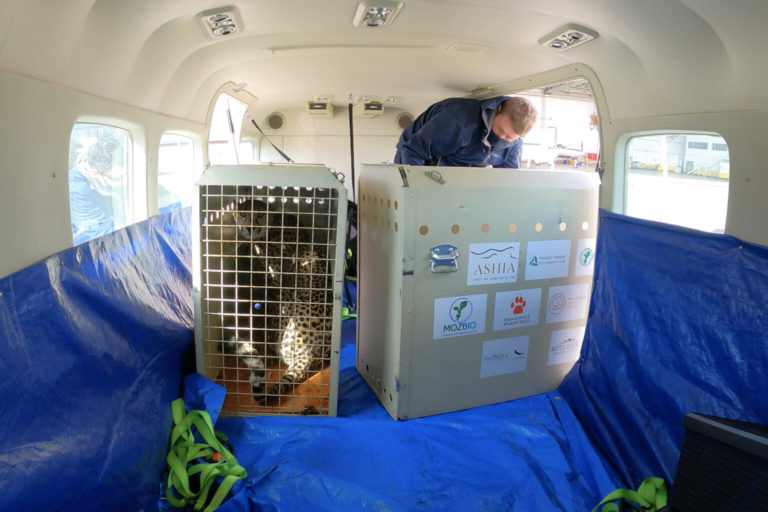
ANAC’s Director-General, Mateus Mutemba, had the following to say about the translocation;
‘We have been committed to expanding and safeguarding the precious ecological assets of Maputo Special Reserve, a region that protects the best of Mozambique’s natural heritage. Through our partnership with Peace Parks, the reintroduction of the cheetah is yet another historic conservation milestone in Mozambique and in the ongoing development of the reserve into a self-sustaining operation that generates revenue for the communities living in the area.’
Two male cheetahs were sourced from the &Beyond Phinda Private Game Reserve in KwaZulu-Natal, while an adult Female and her sub-adult female were flown in from the Waterval Private Game Reserve near Kimberly.
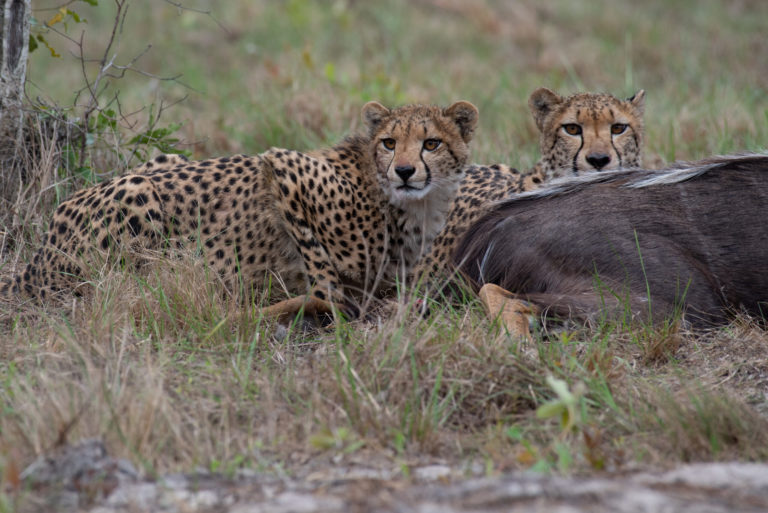
The cheetahs were donated by Ashia, who also covered the costs of translocation, vaccination and the fitting of tracking collars to monitor the cats in their new environment.
Their reintroduction is part of an ambitious project to establish a healthy metapopulation that contributes to the conservation of the cheetah. The cheetah has been eliminated from 90% of its range in Africa, with less than 6 600 individuals remaining.
‘Reintroduction of cheetahs into protected areas is one of the key strategies to reduce the risk of extinction, fuelled by habitat loss and events such as persecution, prey depletion and disease,’ says Ashia Cheetah Conservation director Mara Smit, ‘We, therefore, welcomed the opportunity to partner with ANAC and Peace Parks, as well as the Cheetah Range Expansion Project of the EWT, to introduce cheetah into the suitable habitat of Maputo Special Reserve.’
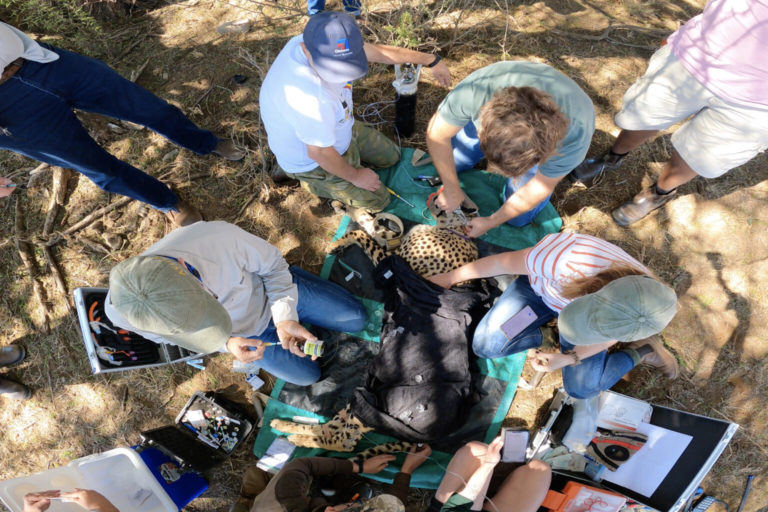
The rewilding programme is vital to the restoration and development of the reserve, which has so far reintroduced 5 000 animals including buffalo, giraffe, impala, kudu, waterbuck, warthog, oribi, eland, blue wildebeest and zebra.
The total estimated number of animals in the park today is between 15 000 and 17 000. This park is one of the few places where you can see elephants and whales on the same day, adjoining the Ponta do Ouro Partial Marine Reserve on the coast.
The park lies within one of the worlds 36 most biologically diverse and threatened ecosystems and is an essential component of the Lubombo Transfrontier Conservation and Resource Area.
READ: What is a Peace Park? 10 Transfrontier Conservation Areas to celebrate
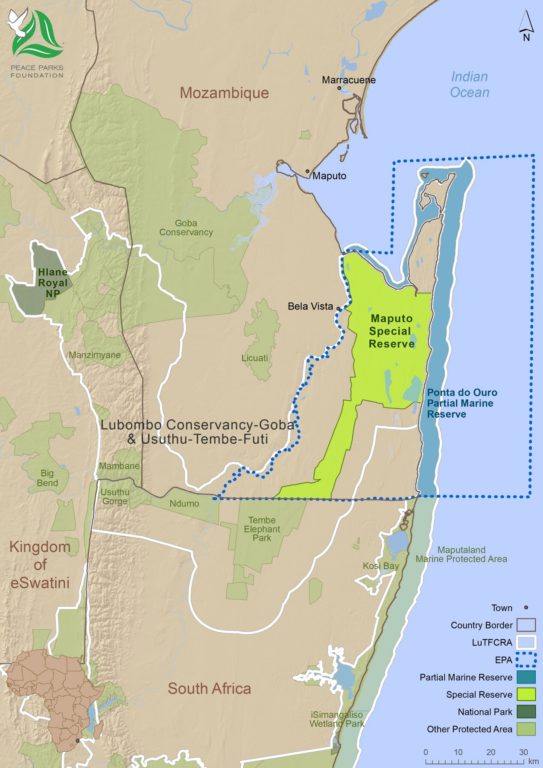
This operation falls under the EWT Cheetah Range Expansion Project, which has doubled the cheetah metapopulation from 217 to 478 cheetahs in protected areas across four countries. The metapopulation in this network of protected areas constitutes the only growing wild cheetah population worldwide.
Pictures: Peace Parks Foundation
ALSO READ,

